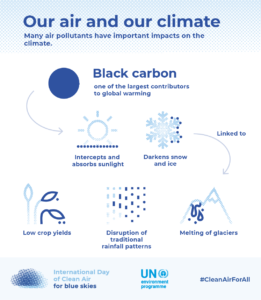List of Environmental Pollutants in School
Pollutants in School
Are numerous environmental pollutants that may affect the health of students in school. Poor air quality can interfere with the learning environment, affecting relationships between students and teachers. It is also possible to experience respiratory problems if a room is contaminated with mold. There is a long list of these pollutants, which can be harmful to children. Some of the most common pollutants in schools are listed below. These contaminants can impact the health of children, teachers, and staff.
Radon is a colorless radioactive gas that occurs naturally in soil and rock. Radon can enter a school through cracks in the foundation, causing elevated levels of exposure. It is the second leading cause of lung cancer in the United States, and is one of the leading environmental pollutants in schools. The EPA has provided guidelines for testing for radon, and recommends that all schools conduct radon testing. The action level for radon is 4 picocuries per liter, and the EPA recommends that all buildings test for radan.
Why Is Air Quality in Schools So Bad
Another source of high levels of diesel exhaust emissions is the exhaust from school buses. As school busses congregate near each other, students are exposed to higher amounts of diesel exhaust than their peers. In addition to the air pollution, schools often use non-original buildings, and the operation and maintenance of these buildings is different. Additionally, the buildings are not always well-maintained, which may increase the risk of ventilation and source problems.

List of Environmental Pollutants in School
To reduce these hazards, schools can implement a chemical management program that will minimize harmful effects to students. These programs should include a plan for addressing any problems associated with school air quality. A plan must be developed for the school to address the IAQ crisis. The school should work with an expert to implement and maintain the appropriate temperature and humidity levels for students. Ultimately, the best way to improve indoor air quality is to work with your existing facilities.
There are many environmental pollutants that can affect the health of students and teachers. Some of them are listed below. The list of environmental pollutants in school will vary depending on the specific situation. For instance, radon is a radioactive gas that naturally occurs in rocks and soil. Schools should regularly test for radon. The EPA recommends that schools test for radon and provide the appropriate ventilation controls for those areas.
It is important to keep a check on the air quality in a school. Several studies have found that the air quality in a school is unhealthy. Research has shown that kids who are exposed to poor air are less focused and do poorly in tests. A school that has clean air can help improve student concentration and learning. These factors may contribute to the development of asthma and other respiratory disorders. Asthma, fatigue, rashes, and other symptoms of a child.